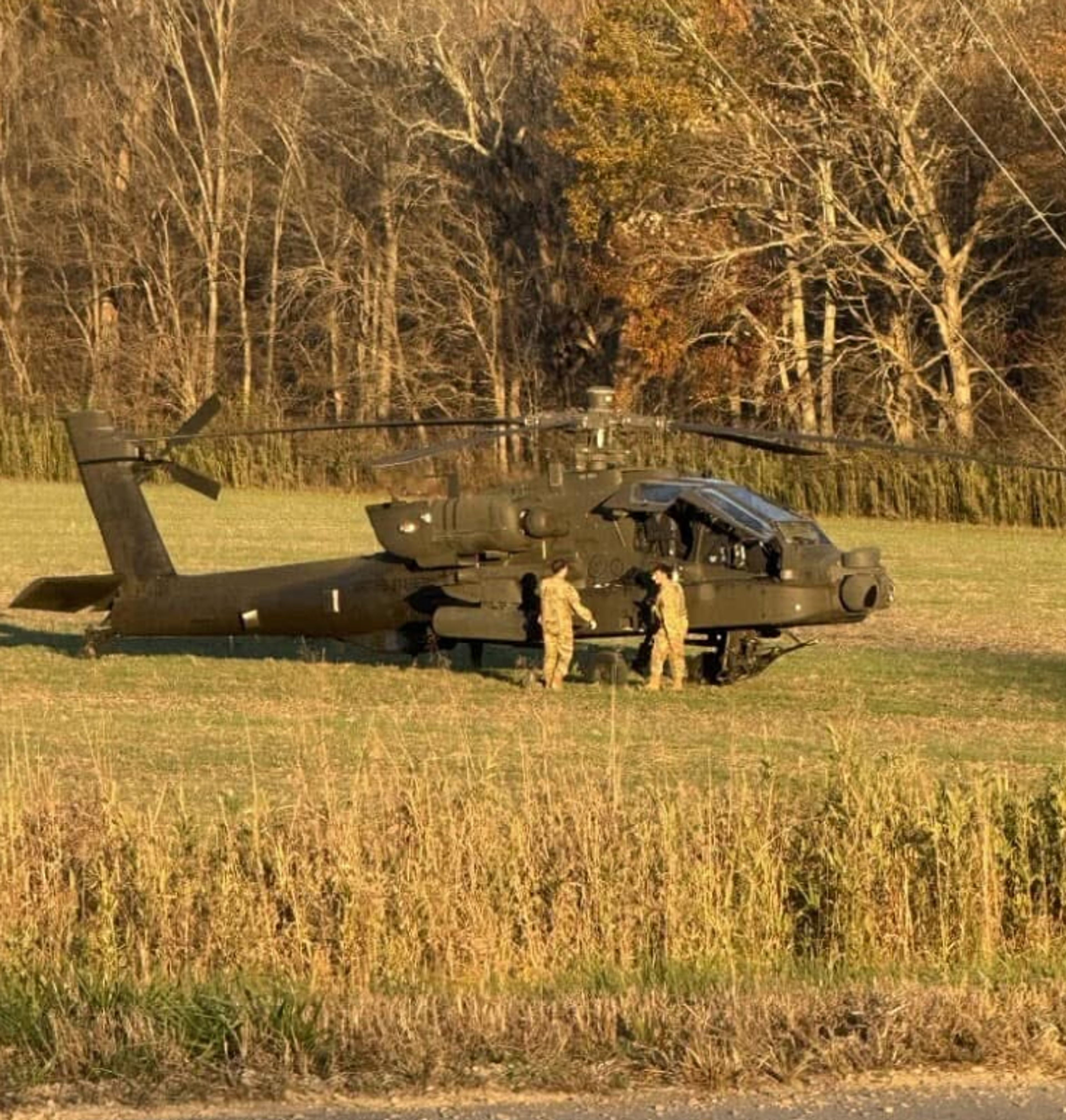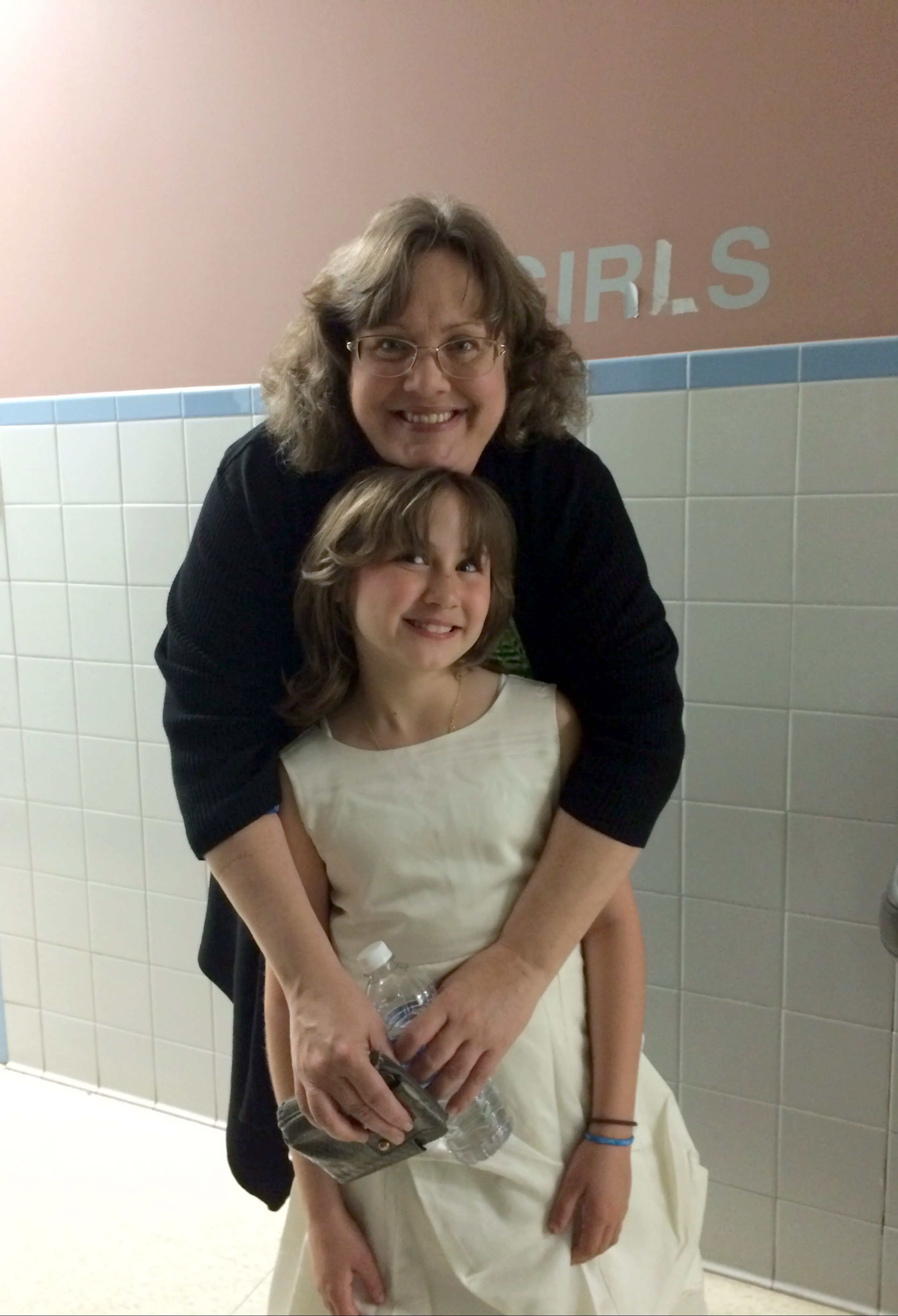June 'purrfect' time to adopt cat
She calls him "Big-Un." His head is bigger than the rest of his body, said Alaina Shroyer. A neurological disorder causes him to walk like he's indulged in one too many nips of catnip. Still, Big-Un is one happy cat. "He'll walk a few steps, fall down and get right back up," said Shroyer, who has owned this special cat for more than six months. Big-Un is one of the lucky ones. He found a home...
She calls him "Big-Un."
His head is bigger than the rest of his body, said Alaina Shroyer. A neurological disorder causes him to walk like he's indulged in one too many nips of catnip. Still, Big-Un is one happy cat.
"He'll walk a few steps, fall down and get right back up," said Shroyer, who has owned this special cat for more than six months. Big-Un is one of the lucky ones. He found a home.
This month is officially Adopt-A-Cat Month, the month when thousands of cats in animal shelters nationwide hope to find the "purrfect" home.
June is an appropriate time for Adopt-A-Cat Month, said Shroyer, shelter manager at the Humane Society of Southeast Missouri. It's the month when shelters brace for an onslaught of litters of spring kittens. That's coupled with the ongoing problem of homeless adult cats.
The Humane Society of Southeast Missouri typically receives three to four litters of kittens every day in June, Shroyer said.
"So we offer some special adoption opportunities in June," Shroyer said. This month, kittens can be adopted for a $10 fee, down from the normal fee of $30 to $50.
Animal shelters are an ideal spot to find a furry friend, Shroyer added.
"Shelters provide a lot of options," she said. "We have kittens, older cats, mixed breeds, purebreds, long-haired cats, short-haired cats. You name it, we probably have it."
But before adopting a cat, think about it, Shroyer said. As almost any cat owner will attest, there are some drawbacks -- the risk of toppled plants and items and, of course, the litter box.
The benefits of living with a purring machine who pounces at every opportunity to curl up in your lap are worth it for some people, not for others, she added.
Big-Un is a purring machine with a special story. Adopted as a kitten, he was soon returned to the humane society.
"Something was wrong with him," said Shroyer. "The vet said treatment would not help."
The cat, she learned, would suffer no pain, but he would never walk well. Worse yet, he would not be able to use a litter box.
That didn't deter Shroyer, who opened her home and her heart to Big-Un. The litter box problem, she said, was solved by using puppy training pads.
More hearts and homes are needed for cats, Shroyer said. The Humane Society of Southeast Missouri has taken in 1,100 cats so far this year. All told, the humane society takes in about 5,000 animals every year. Its adoption rate, about one in five animals, is above average but still leaves thousands of animals without homes and without futures. The happy stories are the ones shelter workers like the best.
The 'shelter kitty'
Sue Sample, who was an adoption counselor at the Humane Society of Southeast Missouri, has one of them. She tells about her cat, Gunner.
Gunner came to the Humane Society in April 2000, said Sample. His owner had abandoned him at a veterinarian's office after being told the cat needed surgery for an injury to his leg. The owner did not want to pay to have him treated.
An area vet performed the surgery, neutered Gunner and made the humane society aware he was coming. Everyone at the shelter loved him, said Sample.
"Gunner was a one-year-old, champagne tabby," said Sample. "He was small for a male but nonetheless as cute as could be. He was allowed to visit the humane society office." Gunner would sleep in the windows, on the desk, in the T-shirts, but Gunner was passed over by families wanting to adopt a cat. For awhile, Gunner was the "shelter kitty."
"He was even called on to donate blood by a couple of local vets," said Sample. Gunner became friends with a small kitten at the shelter and became exposed to a disease. Gunner was tested and the test came back that he had been exposed to FIP, a fatal cat disease.
"For the next six weeks, Gunner did not leave my mind," said Sample. "I worried, I talked to my vet and finally after six weeks with no FIP symptoms, Gunner came to live at my house, with eight other cats. He walked in, looked around, and started making friends."
This was in March 2001.
"I wish this was the end of Gunner's story, but he had another trial yet to come," said Sample.
Last August, Sample found a tumor on Gunner's side. So once again, he underwent surgery. Finally the call came that Gunner would be all right, the tumor was benign. He healed and has again become the protector of other kitties.
"When I think of all the people who looked at Gunner and decided not to adopt him, I count my blessings," said Sample. "He has given me so much more than I could ever give him."
Connect with the Southeast Missourian Newsroom:
For corrections to this story or other insights for the editor, click here. To submit a letter to the editor, click here. To learn about the Southeast Missourian’s AI Policy, click here.








